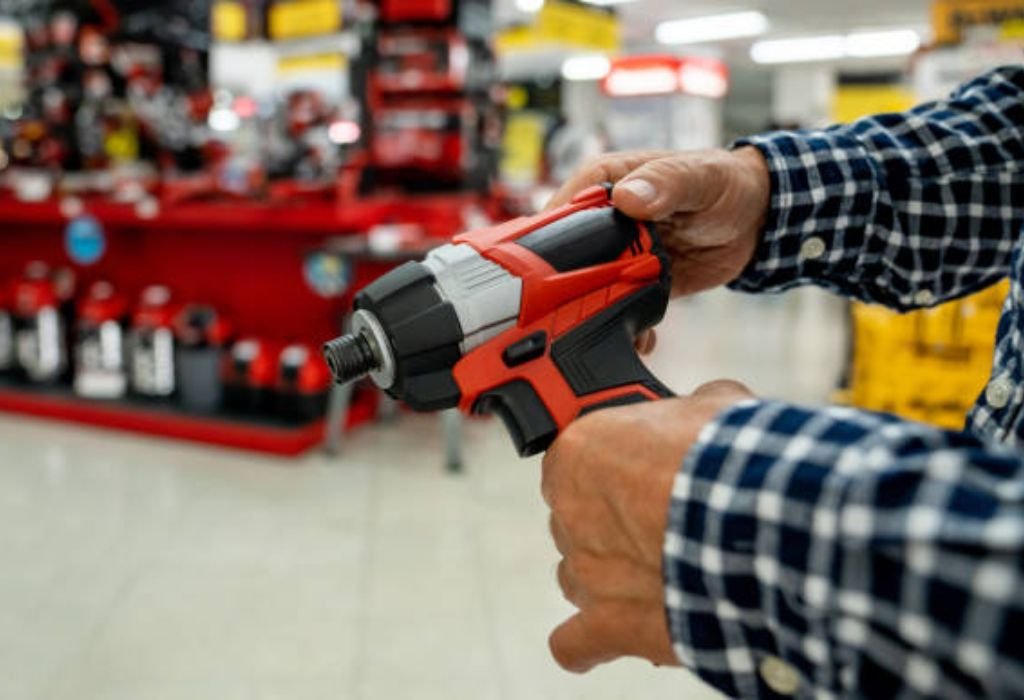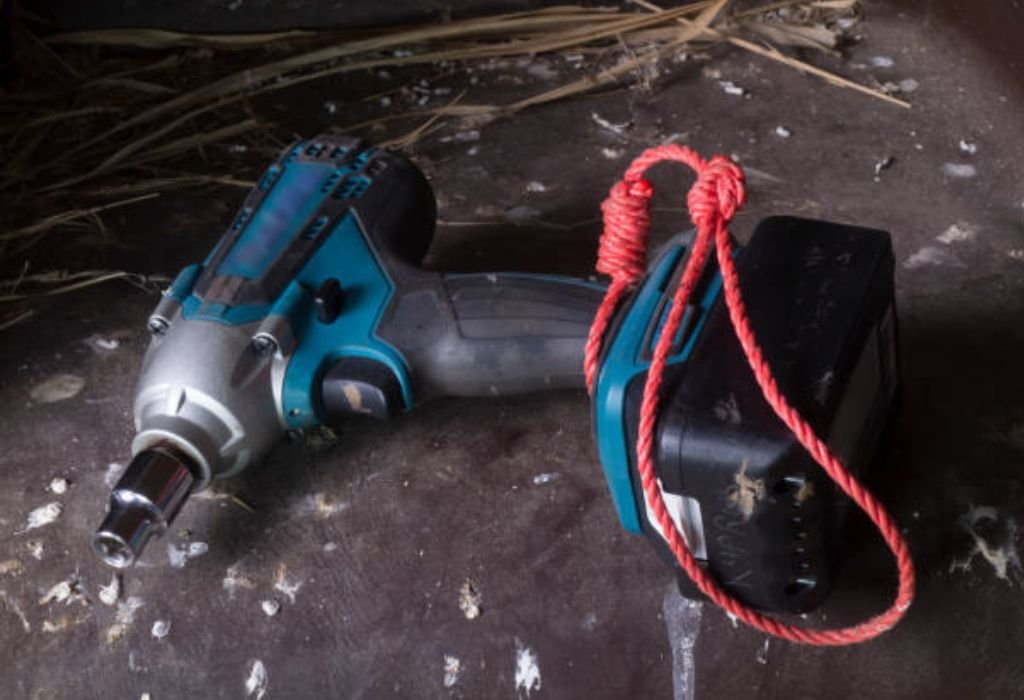A Saturday brake job starts smoothly until the first socket refuses to stay on the tool. At the parts counter, the clerk asks a surprising question: hog ring or pin detent.
Many people call every fast-impact tool an “impact driver,” but that fuels confusion. In truth, the hog ring belongs on impact wrenches with square anvils, not on 1/4-inch impact drivers built for screws.
A hog ring, also called a friction ring, is a spring-steel band that grips sockets for fast swaps. A pin detent, by contrast, uses a locking pin that snaps into a hole for maximum retention.
The difference matters as torque rises. DeWalt’s 1/2-inch high-torque models list 700 ft-lb fastening and 1,200 ft-lb breakaway torque, offered with either hog ring or pin detent anvils to suit different jobs (DeWalt).
Speed also matters in busy shops. Milwaukee highlights friction ring (hog ring) for quick and easy socket changes along with multi-mode controls that tailor power output (Milwaukee).
Choosing the right anvil balances productivity and safety. Frequent socket swaps favor the hog ring, while overhead work and critical retention lean toward the detent pin.
This guide explains what is a hog ring on an impact driver, why the term is often misapplied, and how to choose between hog ring and pin detent for your tools and tasks.
The Short Answer—What a Hog Ring Actually Is

A hog ring, also known as a friction ring, is a spring-steel band seated in the groove of a square anvil. It grips impact sockets tightly enough for secure use but allows quick swaps without extra tools.
This design is found on impact wrenches in sizes like 1/2-inch, 3/8-inch, and 3/4-inch. By contrast, an impact driver uses a 1/4-inch hex collet to hold screwdriver bits—not sockets—so it doesn’t use hog rings.
The main advantage of the hog ring is speed. Mechanics and contractors who frequently switch socket sizes benefit from quick, one-handed changes.
Compared to the pin detent, the hog ring offers slightly less retention force but much greater convenience in day-to-day work.
Is a hog ring found on impact drivers?
No, hog rings are on impact wrenches with square anvils, not 1/4-inch drivers.
What’s the benefit of a hog ring?
It allows fast socket swaps without tools.
Will it hold under high torque?
Yes, for most applications, though pin detent holds more securely.
Do I need special sockets for hog rings?
No, any impact-rated socket with the correct drive size will fit.
Is hog ring the same as friction ring?
Yes, the two terms mean the same thing.
Hog Ring vs Pin Detent—How the Retainers Work
Both hog rings and pin detents secure sockets, but they function differently.
The hog ring relies on spring tension. You push the socket onto the anvil, and the ring compresses to let it on, then expands to hold it in place. Removing it is as simple as pulling it off.
The pin detent uses a spring-loaded pin that clicks into a drilled hole on the socket. To remove the socket, the pin must be depressed, often requiring an extra step or a tool.
Manufacturers often sell the same impact wrench in both hog ring and pin detent versions. That lets users choose the system that matches their work.
Which is faster?
The hog ring is faster because no pin needs to be pressed.
Which is more secure?
The pin detent is more secure because it locks into the socket.
Which is best for frequent socket changes?
The hog ring, since it saves time.
Which is best for working at height?
The pin detent, since it prevents socket drops.
Can anvils be swapped later?
Not easily—most tools are sold with one type.
Where Specs Meet Reality—Torque, IPM, and Use Cases
Retention systems matter more as torque climbs. High-torque impact wrenches can generate 700–1,200 ft-lb of force, strong enough to throw a socket if it isn’t secured.
Brands design their anvils with this in mind. DeWalt’s 1/2-inch wrenches advertise power levels fit for lug nuts, with both hog ring and detent options (DeWalt).
Milwaukee’s mid-torque line emphasizes friction ring (hog ring) for quick socket changes alongside multi-mode IPM and RPM controls, making them versatile in automotive shops (Milwaukee).
Does more torque require detent pins?
Not always, but higher-risk jobs benefit from detent pins.
Are compact wrenches strong enough for lug nuts?
Yes, if rated at 200–300 ft-lb, but check manufacturer specs.
Do control modes affect retainer choice?
No, modes control torque, not socket retention.
What about adapters on impact drivers?
Light-duty use is fine, but heavy sockets require a true impact wrench.
Common Confusion—Impact Driver vs Impact Wrench
The terms cause constant mix-ups. An impact driver is a smaller tool with a 1/4-inch hex collet. It drives screws, lag bolts, and smaller fasteners.
An impact wrench has a square drive—3/8-inch, 1/2-inch, or larger—that accepts impact sockets. This is where hog rings and pin detents are used.
The confusion happens because people use “impact driver” loosely, even when they mean wrench. Stores often ask “hog ring or detent” to clarify.
Why do stores ask hog ring or detent for drivers?
Because many customers mean impact wrench, not driver.
Can an impact driver run sockets?
Yes, with adapters, but only for light-duty work.
Which is best for deck building?
An impact driver with bits, no hog ring needed.
Which for lug nuts?
An impact wrench with either hog ring or detent.
Productivity & Safety—When Each Retainer Wins
Productivity and safety often compete. The hog ring maximizes productivity with quick changes. The pin detent maximizes safety with secure retention.
Shops doing brake jobs and tire rotations favor hog rings for speed. Steel erection crews working at height favor detent pins to prevent dangerous drops.
Will hog rings wear out?
Yes, but they are inexpensive and replaceable.
Do detent pins slow technicians?
Slightly, since they require pressing to release sockets.
Are there hybrid systems?
Some anvils combine features, but hog ring and detent remain the main types.
Do OSHA rules require one system?
No, the choice depends on job-site risk.
Buying Guide—Choosing the Right Anvil for Your Work

The right choice depends on environment, frequency of socket changes, and torque requirements.
For mechanics, a hog ring saves time during constant socket swaps. For linemen or steelworkers, a pin detent offers peace of mind by locking sockets securely.
If unsure, which is most versatile?
The hog ring works best for general use.
What about fleet or line work?
The detent pin is safer for overhead tasks.
Do I need impact-rated sockets?
Yes, always use impact sockets.
Does battery size matter?
Yes, larger batteries sustain torque output.
Care & Maintenance—Keeping Retention Reliable
Even the best retention system requires upkeep. Dirt in the anvil groove reduces hog-ring friction. A sticky pin detent can jam or fail.
Light cleaning and lubrication keep both systems reliable. Retainers are serviceable parts and can be replaced when worn.
Should the anvil be greased?
Apply only light oil—too much reduces friction.
What if sockets feel loose?
Replace the hog ring.
What if the pin sticks?
Clean and lubricate; service if necessary.
Can tools be converted?
Not usually—most models are sold in one version.
Future Trends—Better Retainers, Smarter Tools
Tool brands are improving compact torque and control systems, but socket retention still comes down to hog rings and pin detents.
Expect clearer marketing that distinguishes impact drivers from impact wrenches, reducing confusion for buyers.
Any magnetic retention coming?
Not common; torque is too high for magnets.
Will drivers get hog rings?
No, drivers use hex collets for bits.
Are retainers replaceable?
Yes, hog rings and pins can be serviced.
Will hybrid systems spread?
Some exist, but hog ring and detent dominate.
Conclusion
A hog ring on an impact wrench is a friction-based retainer that grips sockets for fast swaps. It is not found on 1/4-inch impact drivers, which use hex collets for bits.
The choice comes down to speed versus security. Shops and garages benefit from hog rings, while overhead or high-risk environments favor pin detents.
By understanding what is a hog ring on an impact driver—and why the term usually refers to wrenches—you can choose the right tool setup for both productivity and safety.

I’m John F. Nicholas, the founder, lead writer, and drill enthusiast behind 101drill.com. With years of hands-on experience in power tools and DIY projects, I created this platform to share practical knowledge, expert tips, and real-world insights to help others master the art of drilling.
